Back-to-School Math activities are a part of this bundle of activities that will be hit in your classroom because the first month of school is a blur. Teachers need time to set everything up to become functioning and meaningful while learning for their students in their classroom. Don’t let math the first month be exhausting! Don’t get lost trying to complete initial assessments of your students AND teach them at the same time! Let me share with you some ways that I play games with my students to assess their skills and check students skill levels without pulling them one on one.
First Thing First with Back-to-School Math Activities
Some of the assessments I have to do one on one are done using ESGI. This saves me time because I am not flipping pages in a binder or filling out charts with a student in front of me. It also means I am not filling out data later either on my own time, flipping through a binder, or pulling information to form groups. I use the data gathered in ESGI to help me know what I have assessed each student on and what I have left to assess them on. I also can have it pulled up on an iPad or my cell phone while students are working to fill in the information on the spot.
Using Small Groups
First, I start off the school year by trying to get to know my students and figure out their educational needs. Many of us have to complete several initial assessments as well. I do not want the assessments to get in the way of learning about my students because I want to start building my relationship with them from day one.
Assess Smarter, NOT Harder
My solution for the assessment blues is to have FUN interactive activities that are leveled for my learners to work on prepped and ready to go, like these Back to School Math Activities is a part of this bundle. This means I am able to work with multiple students. One key is to have differentiated activities that do not look like differentiated activities! The students don’t know they are all working on a variety of levels, they think they are all working on the same thing.
Assessment Examples
Here is a fun example of a game you can use to assess number sense. There is a board game as well as different cards. You can use all the cards or you can use any combination of numbers, tally marks, ten frames, or base ten blocks to assess different groups. Your students think they are all playing the same game. In actuality, you are differentiating it based on what assessments you need and what that group of children is working on. There are also TWO game boards that look similar. One allows for a quicker game and one allows for a longer game. 🙂
One trick I found is by playing this game with one item, such as number cards, then playing again and adding another type of card to the pile. This works for several reasons. First, we want to teach our students how to play games. Second, we want to make learning fun. Some student play a game the first time to simply learn how to play a game. Playing the same game multiple times can help these students learn how to play games while allowing you to learn what they know.
Another huge solution is to give your students activities that you need to assess. You allow them to complete the activity to see what they know and understand. I like the idea more than sitting with students one on one because you can complete more assessments in a fun, no-pressure format. Since my students are in groups, I can assess a few math activities per group and I can be done by the end of a week.
Leveling Activities with Ease with Back-to-School Math Activities
Here is an example of a leveled activity example from this Back-to-School Math Activity pack. The first game has students counting base ten blocks and writing the correct number in the box provided. If your students are using this in small groups, and there are 4 color-coded versions of this game going from 1-20. This activity works on counting and writing the matching number. You can change out the cards in each color to match students needs. Some students can count and write numbers 1-10. Other students can count and write 11-20. And still, others can do another combination. I know many of my kinders come knowing 1-10 but struggle with their teen numbers.
Next, here is a similar, differentiated game. This activity works on counting the base ten blocks and matching them to the correct number. This is great to use when you see writing numbers as a problem.
There is 4 color coded versions of this activity as well. They store nicely inside one of my favorite management tools which is colored baggies!
One trick I like to do is start with the easier game, in this case, the matching game. When students master that activity, I jot a note down to remind me later of their success. (I enter that data into ESGI.) Then I give them the harder version to play or I add different types of questions to ask.
If I am concerned my students didn’t master that activity because they didn’t understand the base ten blocks. I allow them to work on a similar activity with number sets like this game. Using just these pencil cards is also a great way to assess counting one-to-one.
Self Checking Puzzles in Back-to-School Math Activities
Here is a fun Back to School Math Activity puzzles game that self-checks! Here is 4 color coded versions, each creates a different picture. I print the mats back to back for an additional level of differentiation. Students can use the mat with the image already on it or choose the more difficult side without the image on it, which is one element of differentiation. A student gets a ten-frame piece and then counts the number on it. As they place their ten frames on the mat, they create a self-checking picture. For your advanced learners, there is an addition and subtraction version as well, all using the same mats. This system is perfect for basic skills and accelerated students! Notice the number line support on the bottom? That is just extra support for those who may need it.
Number Sense Sorting
Another way to assess students at the beginning of the year is with this number sense Back to School Math Activity game I like to use in math centers. Students focus on understanding numbers in multiple ways for numbers 1-10.
Students place the mats down in an area. They put the correct crayon pieces in the crayon box for that number. There are MANY options for sorting that you can use that include numbers, number words, fingers, tally marks, ten frames, base ten blocks, time to the hour, addition, and subtraction pieces. You can add or take away sorting pieces to fit the needs of your class while letting them explore number sense.
Measurement Fun!
Here is another simple measurement activity, which focuses on finding the heavier item. There are 4 color-coded sets and a printable recording sheet. Students take their card sets to see which object is heavier. They circle the heavier item.
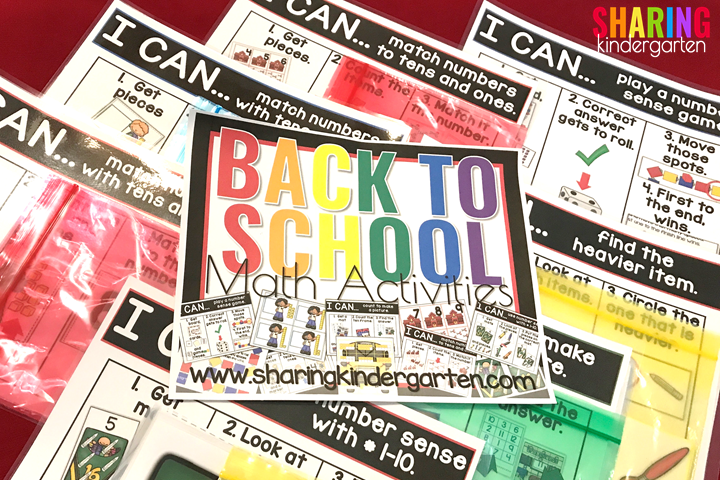
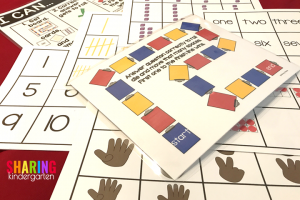
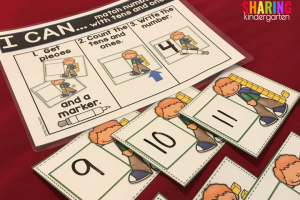
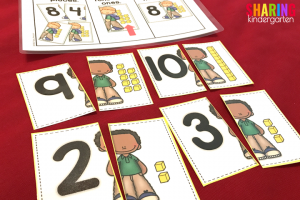
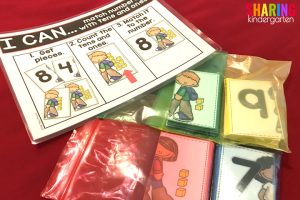
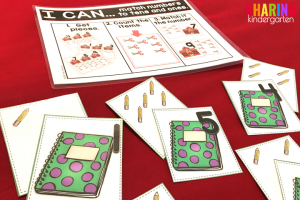
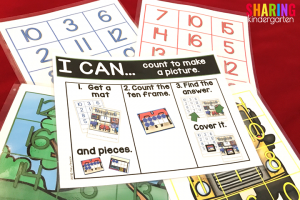
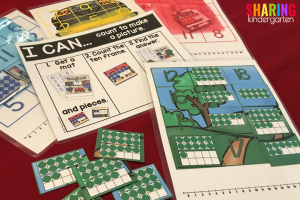
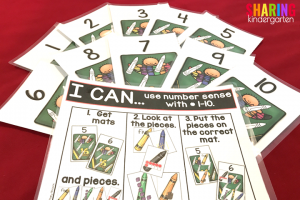
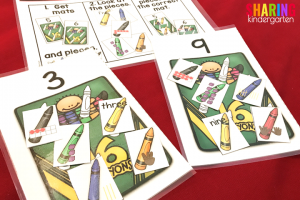
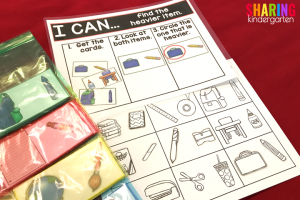
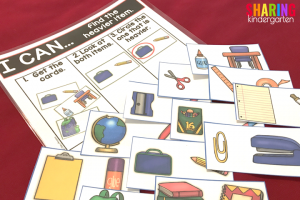
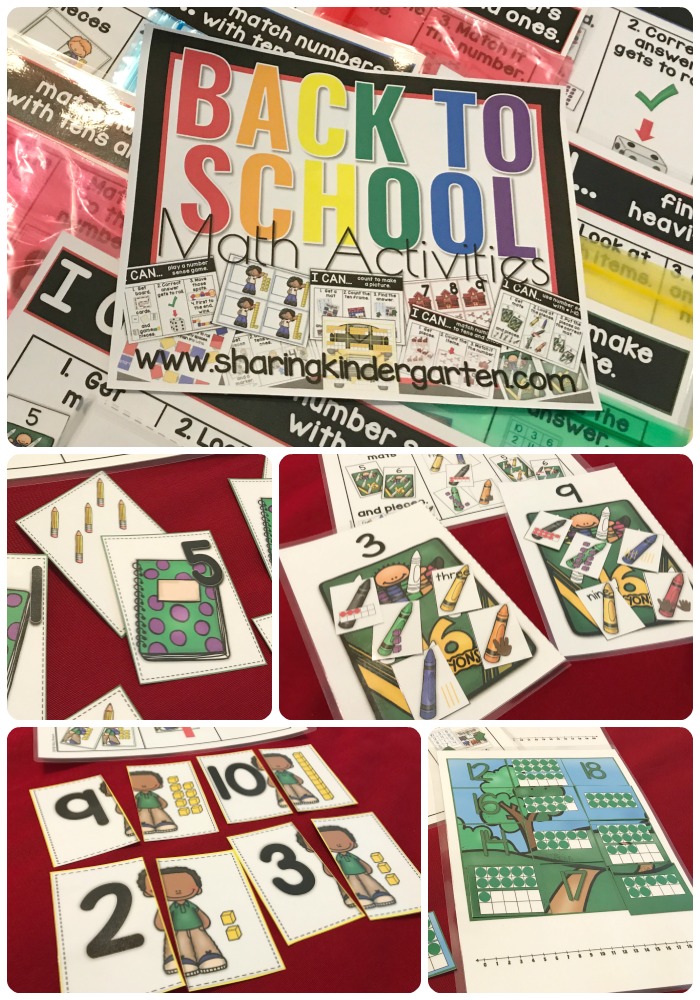
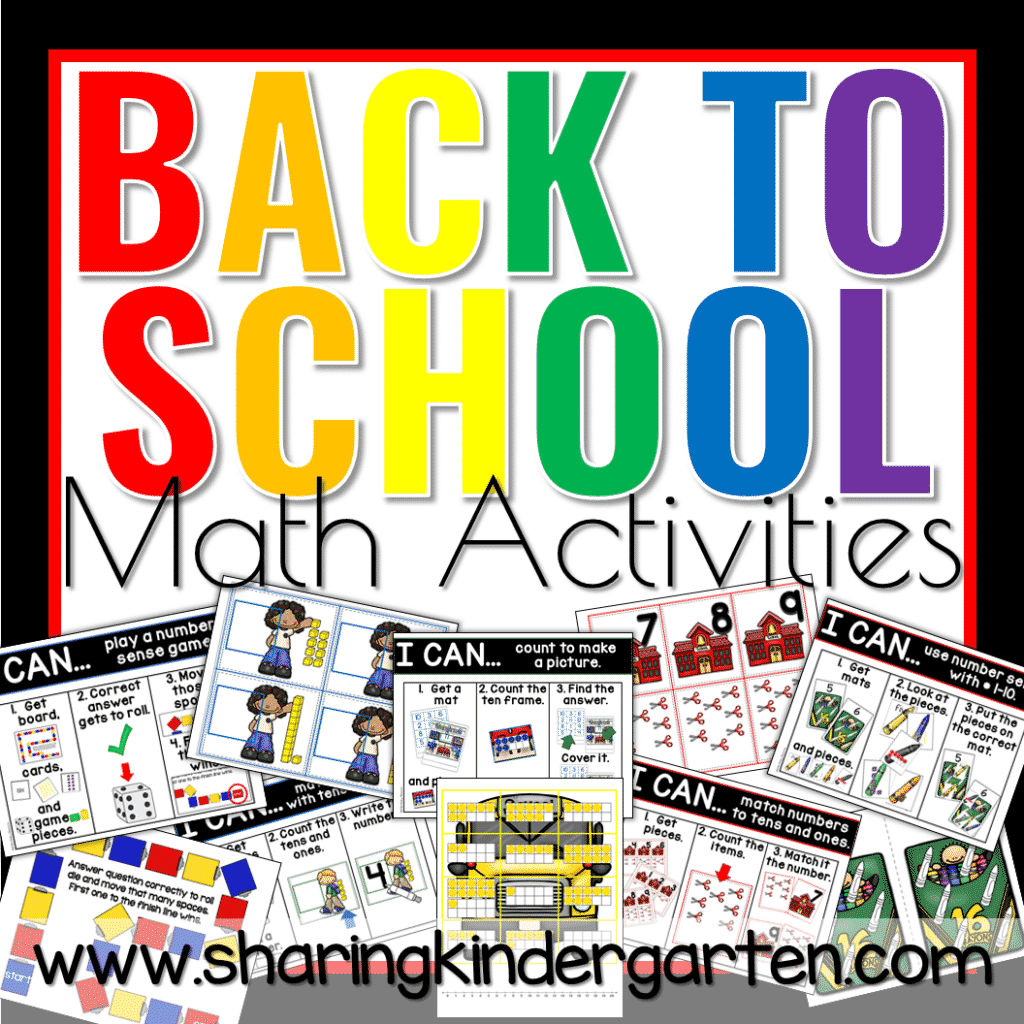
Good article, you sharing is awesome, love it!
Wow! Thanks for all your great tips! I will definitely be giving many of them a try. I teach a Special Education Kindergarten class so I’m not sure how many of the ideas will work. I especially want to check out the ESGI. I’m excited about getting this year started!
Thanks again!